 Livery Stable
Livery Stable
Time Period: Early Twentieth Century (1901 - 1940) - Starting with L
 Livery Stable
Livery Stable
Livingston, Frank (Lynching of)
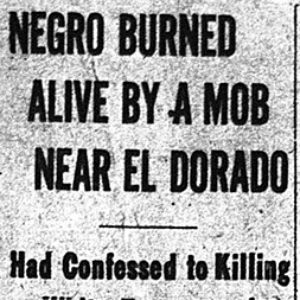 Livingston Lynching Article
Livingston Lynching Article
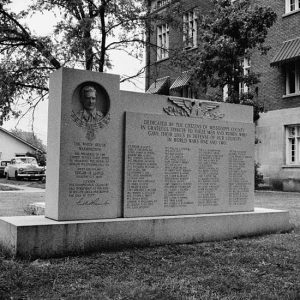 Edgar Harold Lloyd Monument
Edgar Harold Lloyd Monument
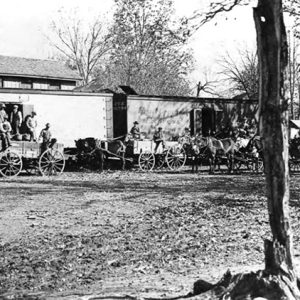 Loading Apples
Loading Apples
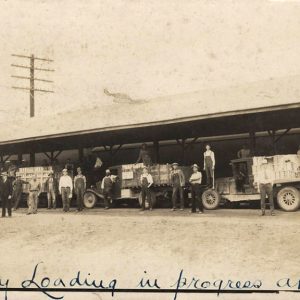 Loading Berries
Loading Berries
 Loading Coal
Loading Coal
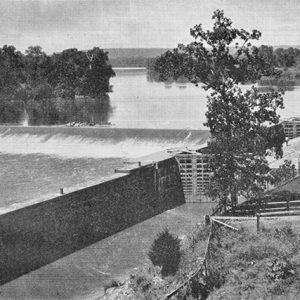 Lock and Dam Number 1
Lock and Dam Number 1
 Lock and Dam Number 1
Lock and Dam Number 1
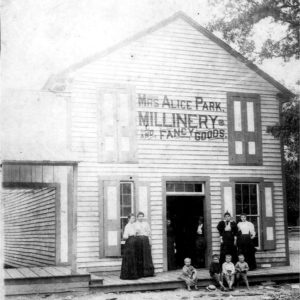 Lockesburg Millinery Store
Lockesburg Millinery Store
Lockesburg Waterworks
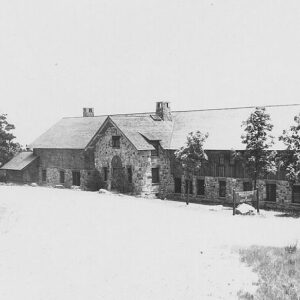 Lodge on Mount Magazine
Lodge on Mount Magazine
 Log Cabin Tavern
Log Cabin Tavern
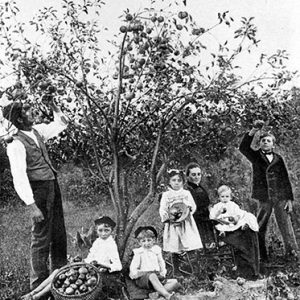 Logan County Apple Orchard, 1920s
Logan County Apple Orchard, 1920s
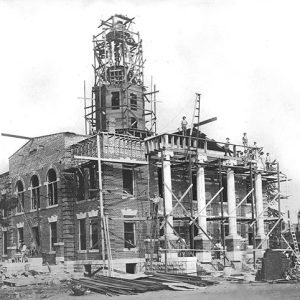 Logan County Courthouse in Paris
Logan County Courthouse in Paris
Logan County Courthouse, Eastern District
Logan County Courthouse, Southern District
Logan County Draft War
aka: Franklin County Draft War
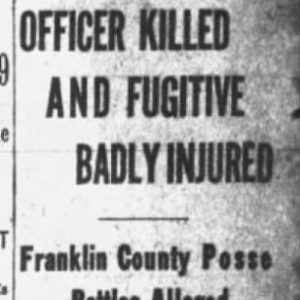 Logan County Draft War Article
Logan County Draft War Article
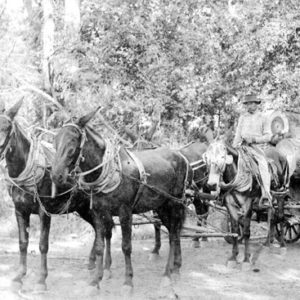 Logging in White County
Logging in White County
 Logging Train
Logging Train
 John Lomax
John Lomax
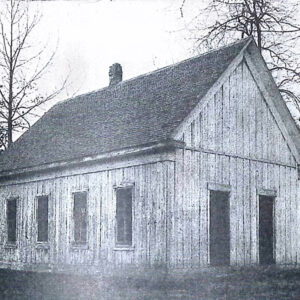 Lone Valley School
Lone Valley School
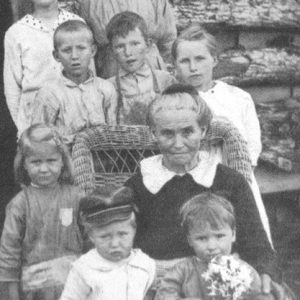 Martha Ellen Daley Long
Martha Ellen Daley Long
 J. Leland Longino
J. Leland Longino
Lono Gymnasium
Lonoke Confederate Monument
Lonoke County Courthouse
Lonoke County Lynching of 1910
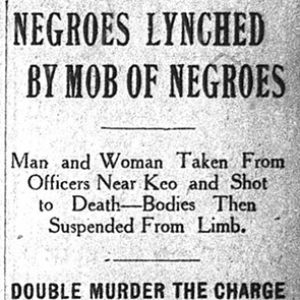 Lonoke Lynching Article
Lonoke Lynching Article
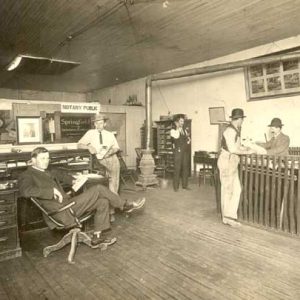 Lonoke Democrat
Lonoke Democrat
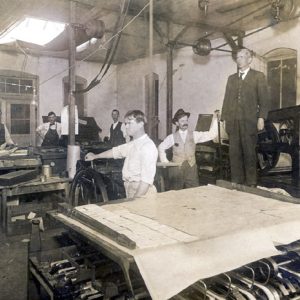 Lonoke Democrat
Lonoke Democrat
 Lonoke Rice
Lonoke Rice
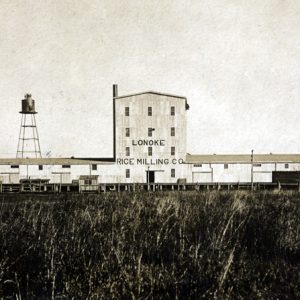 Lonoke Rice Mill
Lonoke Rice Mill
 Lonoke Road Construction
Lonoke Road Construction
Lonoke Rock Island Depot
 Lonoke Street Scene
Lonoke Street Scene
 Lonoke Street Scene
Lonoke Street Scene
 John Gerdes Lonsdale Sr.
John Gerdes Lonsdale Sr.
 John Lonsdale
John Lonsdale
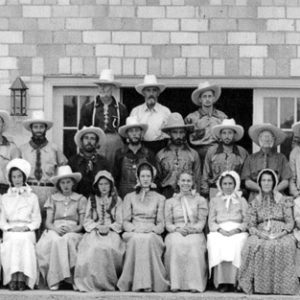 Lonsdale Pioneer Day
Lonsdale Pioneer Day
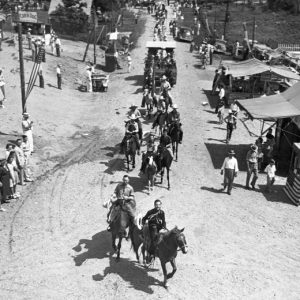 Lonsdale Parade
Lonsdale Parade
 Anita Loos
Anita Loos
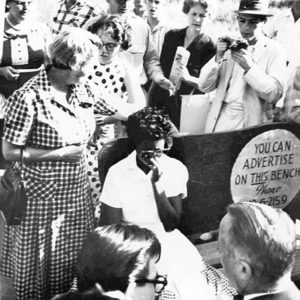 Grace Lorch and Elizabeth Eckford
Grace Lorch and Elizabeth Eckford
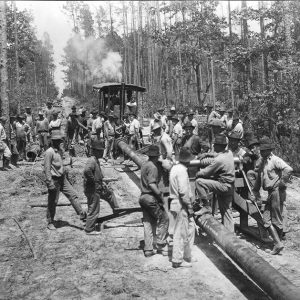 Louann Pipeline
Louann Pipeline
 Louisa Loughborough
Louisa Loughborough
Loughborough, Louise
aka: Louise Loughborough
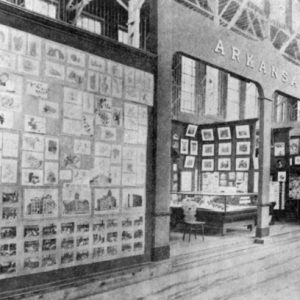 Louisiana Purchase Exposition Exhibit
Louisiana Purchase Exposition Exhibit
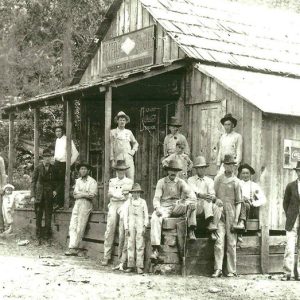 Lovelady General Store
Lovelady General Store
 Lovely County Article
Lovely County Article




